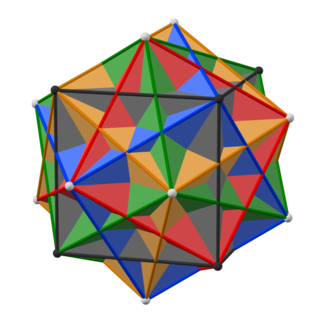Mathematics

56 is:
- The sum of the first six triangular numbers (making it a tetrahedral number). [1]
- The number of ways to choose 3 out of 8 objects or 5 out of 8 objects, if order does not matter.
- The sum of six consecutive primes (3 + 5 + 7 + 11 + 13 + 17)
- a tetranacci number [2] and as a multiple of 7 and 8, a pronic number. [3] Interestingly it is one of a few pronic numbers whose digits in decimal also are successive (5 and 6).
- a refactorable number, since 8 is one of its 8 divisors.
- The sum of the sums of the divisors of the first 8 positive integers. [4]
- A semiperfect number, since 56 is twice a perfect number.
- A partition number – the number of distinct ways 11 can be represented as the sum of natural numbers.
- An Erdős–Woods number, since it is possible to find sequences of 56 consecutive integers such that each inner member shares a factor with either the first or the last member. [5]
- The only known number n such that φ(n − 1)σ(n − 1) = φ(n)σ(n) = φ(n + 1)σ(n + 1), where φ(m) is Euler's totient function and σ(n) is the sum of the divisor function, see OEIS: A244439 .
- The maximum determinant in an 8 by 8 matrix of zeroes and ones.
- The number of polygons formed by connecting all the 8 points on the perimeter of a two-times-two-square by straight lines. [6]
Plutarch [7] states that the Pythagoreans associated a polygon of 56 sides with Typhon and that they associated certain polygons of smaller numbers of sides with other figures in Greek mythology. While it is impossible to construct a perfect regular 56-sided polygon using a compass and straightedge, a close approximation has recently been discovered which it is claimed [8] might have been used at Stonehenge, and it is constructible if the use of an angle trisector is allowed since 56 = 23 × 7. [9]
